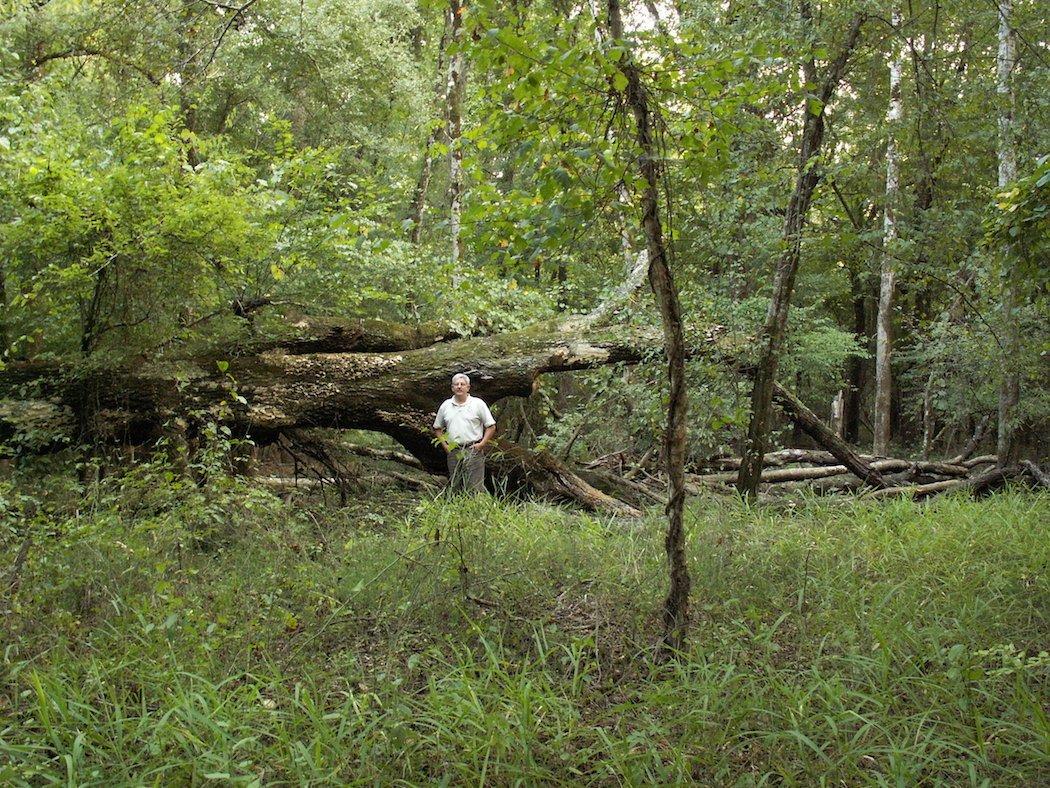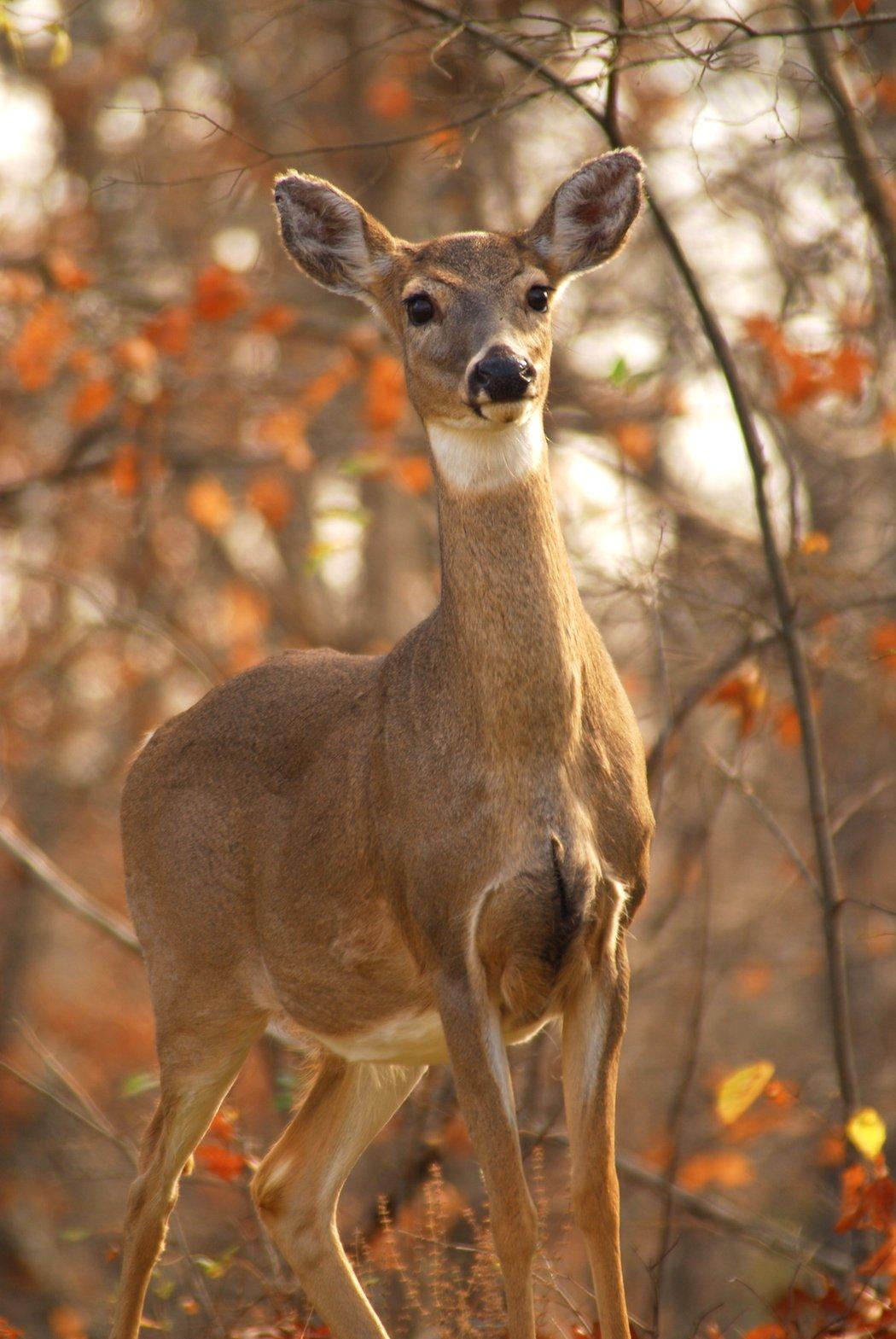What Is the Habitat Like Where You Hunt?
Young forest is the new buzzword in the world of bird management and it turns out what's good for the birds might just be the ticket for managing quality whitetails. In many states, particularly throughout the Appalachian Mountain and Great Lakes Region forest owners are being encouraged through cost share programs to create tracts of young forest for a rare bird called the golden-winged warbler.
This is being implemented because most of the eastern U.S. forestland is 80 to 120 years old. As forests age, this rare warbler along with numerous other young forest species are experiencing population declines. The way to develop this habitat is through timber harvesting and while this may seem extreme, it also may provide landowners an opportunity to obtain some revenue while improving the forest and wildlife habitat.

The average forest is not only older, but many forests have a lower oak component which is essential to deer and turkey. In most cases, fewer oaks are a result of early management practices where high-grade logging only removed the best trees and, in the process, left shade tolerant species such as beech or maples. Because of their ability to grow in heavy shade, these species have taken over many forests preventing oaks from regenerating from seed or sprouts. Oaks require almost total light during early growth stages.
Becoming involved with the young forest initiative should give landowners a chance to not only provide habitat for songbirds but benefit ruffed grouse, turkey and deer. Not to mention increasing numbers of oaks on site.
Landowners need not set aside too many acres. Generally, 15 percent of the forest can be set aside in young age classes. Management techniques may include harvesting small blocks of forest, using patch cuts, seed tree cuts or other thinning techniques. Once the sunlight hits the forest floor, new sprouts will take off immediately, creating browse for deer and within a couple of years, bedding areas for deer, not to mention quality habitat for ruffed grouse and turkey.
According to National Wild Turkey Federation Biologist Jason Lupardus, an important aspect of young forests is the long-term health of the forest. By properly cutting the forest, it's rejuvenated, which assures the future of oaks and other mast species. Lupardus added, any management such as harvesting timber will probably interrupt normal patterns of wildlife, but it is temporary, and in the long run, this management results in a higher oak component.
Before diving into this management, or cutting any marketable timber on your land, you should contact a professional forester or certified wildlife biologist for site-specific guidance. The Natural Resource Conservation Agency (NRCA), state wildlife agencies, and private conservation groups, including the Ruffed Grouse Society and the National Wild Turkey Federation, are all joining in efforts to set back the clock in a portion of eastern forests.
Don't Miss: Little Things That Will Make Big Habitat Improvements
Are you a hunter wanting to learn how to accomplish your goals? Check out our stories, videos and hard-hitting how-to's on food plots and land management.








